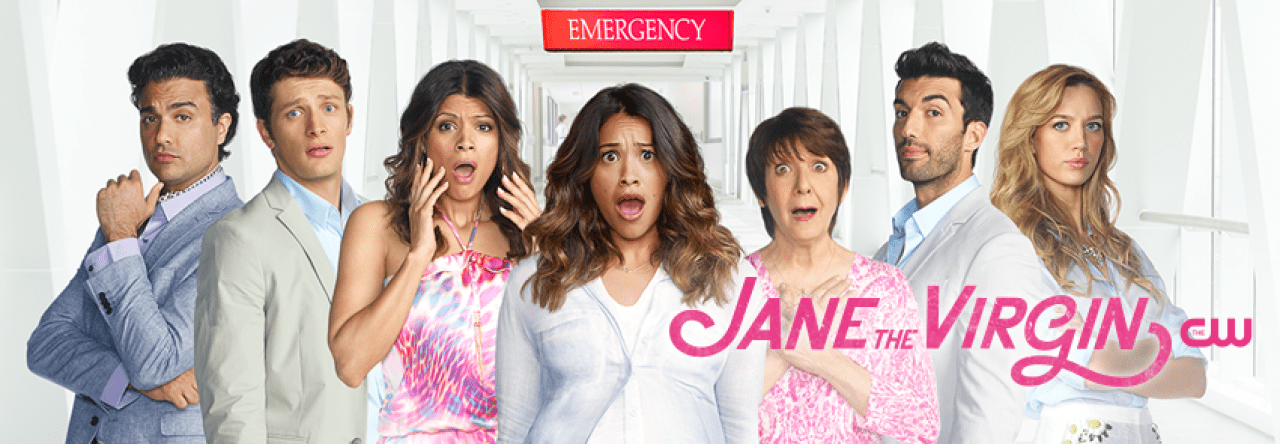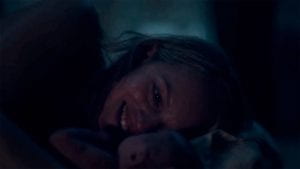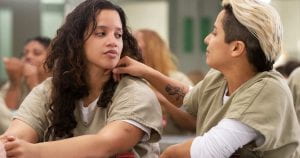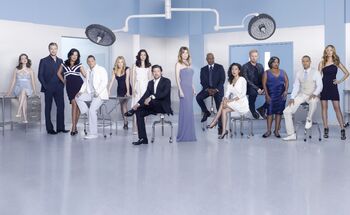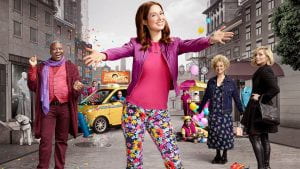1. Gilly, Mary C. “Sex Roles in Advertising: A Comparison of Television Advertisements in Australia, Mexico, and the United States.” Journal of Marketing, vol. 52, no. 2, 1988, p. 75., doi:10.2307/1251266. (Peer Reviewed)
This article is valuable because it was one of the first to examine the portrayal of gender roles in television outside the United States and gives a different perspective than the recent news articles, showing the progress that international media has made in this regard. Notable findings from the article are that only 12% of the voiceovers in the advertisements were done by females and the females in Mexican commercials appearing to be much younger than the male characters appearing. Women were much less likely to be portrayed as employed in both the American and Mexican advertising. Additionally, no female characters in either the U.S. or Mexican commercials were portrayed in jobs that could be as a high-level corporate executive. Males were portrayed as much more independent and self-reliant in each of the countries. Overall, the Australian advertising seemed to promote gender equality more than the other countries. This article appeared in the highly regarded Journal of Marketing.
2. Fullerton, Jami A., and Alice Kendrick. “Portrayal of Men and Women in U.S. Spanish-Language Television Commercials.” Journalism & Mass Communication Quarterly, vol. 77, no. 1, 2000, pp. 128–142., doi:10.1177/107769900007700110. (Peer Reviewed)
Although this article is about advertising in the United States, the advertising being discussed primarily appeals to people who were born outside of the country, making it a suitable source for this project. Eighteen hours of Univision (the most popular Spanish language channel in the country) were analyzed. The study found that women were more likely to be targeted in ads than men alone. More than half of the advertisements were found to feature “stereotypical” gender roles, although there were several ads that portrayed men and women equally or even in the reverse of stereotypical gender roles. Women were also much more likely to be dressed in a sexually suggestive manner than male characters. Overall, the study found that women were portrayed in a fairly similar manner to English-language programming in the United States. The article is published in the Journalism & Mass Communication Quarterly, an industry publication.
3. Villegas, Jorge, et al. “Marianismo and Machismo: The Portrayal of Females in Mexican TV Commercials.” Journal of International Consumer Marketing, vol. 22, no. 4, 2010, pp. 327–346., doi:10.1080/08961530.2010.505884. (Peer Reviewed)
This article provides an update on the status of women in Mexican television advertising twenty years after the first article cited above. This article goes into depth on the importance of gender roles in advertising due to the fact that people act similarly to what they see on television. The article describes how women are depicted as ideally renouncing her personal interests in favor of her husband and children. In Latin America, this belief is partially due to strong religious beliefs and the significant role of the Virgin Mary in culture. This article found similar results to the others in women being more likely to be portrayed in a family or homemaker role while males were more often portrayed as professionals. A surprising finding was that female characters showed more arousal and excitement than their male counterparts.
This article was published in the well regarded Journal of International Consumer Marketing.
4. Beaudoux, Virginia García. “How Media Sexism Demeans Women and Fuels Abuse by Men like Weinstein.” The Conversation, The Conversation, 19 Sept. 2018, theconversation.com/how-media-sexism-demeans-women-and-fuels-abuse-by-men-like-weinstein-85789. (Not peer reviewed)
This article is useful because it provides several specific examples of advertising portraying women in traditional gender roles. The first advertisement, about a cleaning product, portrays a women as both a housekeeper and princess. Another example discusses how men often “mansplain” how to use a product to women who are portrayed as less intelligent. Often times when men are portrayed as doing domestic work, it is for a sexual reward from their partner. The author takes a broader view and positively declares that significant progress has been made in advertising toward gender equality, but there is a long way to go. The recent decision by the United Kingdom to ban gender stereotypes in commercials is applauded as an example for the rest of the world. This article was published by The Conversation, an Australian news outlet that has expanded internationally in recent years. The article was written by a Argentinian professor in the School of Communication at the University of Buenos Aires.
5. Mailonline, Siofra Brennan For. “First Razor Ad Showing Real Body Hair Airs on UK TV.” Daily Mail Online, Associated Newspapers, 27 July 2018, www.dailymail.co.uk/femail/article-5999613/First-razor-ad-showing-real-body-hair-airs-UK-TV.html. (Not peer reviewed)
In contrast to other articles, this recent article zeroes in on a specific advertisement and the gender stereotype that it smashes. The ad (for a razor), which aired in Britain over the summer, depicts a woman shaving her body hair. This was significant because it had long been considered taboo for a women to have body hair in commercials. This is especially strange, considering the main purpose of a razor is to trim body hair, and men’s razor commercial zoom in on hair being cut. This advertisement followed an American body brand releasing a video campaign featuring models with body hair a month prior. This advertisement being released provides hope that more gender stereotypes can be destroyed by television. However, there are still only a few companies in a few Western countries that are promoting this portrayal of women. This article is published in the Daily Mail, a well-known British newspaper.
6. Issues, por Youngers’. “Top 8 Most Sexist Ads in Spain.” Youngers’ Issues, 26 Apr. 2017, wehavesomethingtotellyou.wordpress.com/2017/04/26/top-8-most-sexist-ads-spain/ (Not peer reviewed)
This article also analyes several advertisements that range from women being portrayed in a stereotypical gender role to being overtly sexist. The first advertisement discussed, for a luxury car, is a severe case of the latter. The female narrator says “Look at me, touch me, incite me, provoke me, seduce me, control me, protect me, shout me, relax me … I am [name of car]”. This advertisement depicts a woman as a sexual object for someone else’s (presumably a male) pleasure. Barbie and other girl toy advertisements establish a gender hierarchy and influence girls toward being household figures. An ad for a cleaning product claims that it will give the protagonist, a woman, more time to be with her children, assuming these are her primary responsibility. Alcohol advertisements are primarily aimed at men and appeal to their sense of manliness, in addition to frequently featuring females in sexualized roles. Although this article is written in a blog, I believe it is credible due to the professional manner of the writing an well-chosen examples of a writer who put significant research into their articles.

